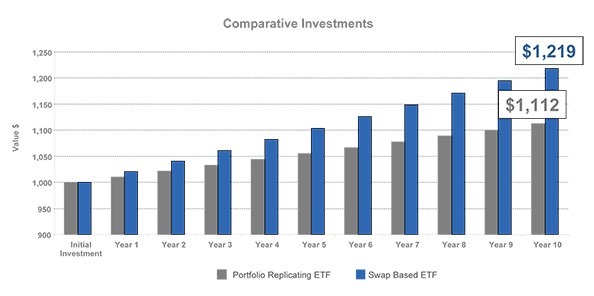Under The Microscope Spinoff ETF (CSD)
Post on: 9 Июль, 2015 No Comment

by Eric Dutram on March 24, 2010 | ETFs Mentioned: CSD
In the quest for alpha, investors pursue a wide variety of strategies designed to isolate stocks poised to deliver excess returns. While some investors rely on quant models for this endeavor, others use more descriptive characteristics to filter the universe of equities. One particular group of companies has a history of beating the market, but has gone largely unnoticed by investors: those participating in spinoffs. These transactions occur when a company believes that the sum of its parts is greater than the whole, and that divesting certain business segments can unlock value for all shareholders. These transactions have become increasingly popular as of late, with more than 800 spinoffs on U.S. exchanges (totaling more than $800 billion in market value) occurring over the last two decades.
Furthermore, evidence suggests that this strategy does work and helps firms to produce superior returns. According to a study done by The Journal of Financial Economics, spinoffs and parents surpassed the S&P 500 Index by an average of 30% and 18%, respectively, during the first three years of trading in spinoff shares. A Lehman Brothers investigation by Chip Dickson discovered that between 2000 and 2005, spinoffs beat the market by an average of 45% during their first two years, while parent companies beat it by an average of 40% over that same period.
For investors intrigued by this investment strategy, there is an interesting ETF product that tracks an index of recently spun-off firms, the Claymore/Clear Spin-Off ETF (CSD ).
Index
CSD follows the Beacon Spin-off Index which tracks companies that have been spun-off within the past two years (but not more recently than six months prior to the applicable rebalancing date). The index has no limitations on market capitalization, but components are primarily small- and mid-cap companies with capitalizations under $10.0 billion. The index provider defines a spin-off company as any company resulting from either of the following events: a spin-off distribution of stock of a subsidiary company by its parent company to parent company shareholders or equity “carve-outs” or “partial initial public offerings” in which a parent company sells a percentage of the equity of a subsidiary to public shareholders.
Portfolio
Currently, CSD contains 32 securities of recently spun-off firms. Its top ten holdings include household names such as Brinks Home Security (5.3%), Dr. Pepper Snapple Group (5.3%), and Philip Morris International (4.3%), as well as lesser-known small and mid caps such as VMware (5.4%) and Wabco Holdings (4.9%). From a sector perspective, the fund is heavy in technology (25.9%), consumer discretionary (25.5%), and consumer staples (13.1%) industries, while it is very light in utility and materials (these two sectors combine to make up less than 6.5% of the fund).
Returns and Fees
CSD has outperformed SPY in both 2010 and over the past 52 weeks. The fund has posted a gain of 9.3% this year and nearly 90% over the past 52 weeks, compared to about 4% in 2010 for SPY (and about 50% over the last year). This fund charges an expense ratio of 0.60%, and has generally been more volatile than the broad market, with a beta of 1.29 and a standard deviation nearly 40% greater than the S&P 500.














